HRV Masterclass: Unlocking Health & Performance Potential in Clinical Practice
Overview
Heart Rate Variability (HRV) has emerged as a remarkably powerful biomarker in health and performance optimization. Unlike traditional lab tests that offer only periodic snapshots, HRV provides consistent, high-quality daily measurements, offering near real-time insights into an individual’s overall system health. This daily data is invaluable for understanding stress levels and evaluating the effectiveness of various interventions, from behavior modifications and lifestyle changes to medications and clinical protocols.
Heads Up recently hosted a masterclass focused on leveraging this powerful metric, featuring exercise physiologist Don Moxley and Heads Up Chief Medical Officer, Dr. John Limansky, hosted by Heads Up Founder & CEO, Dave Korsunsky. This session built upon previous discussions about the science of the vagal nerve and HRV.
The masterclass aimed to take a deep dive into Heart Rate Variability, with a specific focus on how clinicians can effectively utilize HRV in clinical practice.
HRV: A Universal Marker for Health and Performance
Don Moxley made a strong case for HRV as a universal health and performance marker. He explained that HRV serves as a biomarker for health status and overall stress response, providing insights into both physical and emotional resilience. In clinical settings, lower HRV is linked to reduced adaptability and increased health risks, including morbidity and mortality. Conversely, higher values are correlated with better performance and adaptability in various contexts.
The relationship between HRV and autonomic nervous system function is critical. The balance between sympathetic and parasympathetic influences significantly impacts HRV. Various factors, including pathological, physiological, psychological, environmental, lifestyle, and genetic factors, all influence HRV. Don highlighted that HRV demands a whole-body approach to healthcare, moving away from a purely systems-based view.
Clinical Applications of HRV
HRV monitoring is increasingly recognized as a crucial tool for assessing health, predicting outcomes, and guiding treatment strategies. It can serve as a reliable physiological marker of stress. For clinicians, HRV monitoring can be important in identifying cardiovascular risk and managing conditions such as hypertension, mental health disorders, and frailty in elderly populations. It is considered a valuable biomarker for assessing altered autonomic function in both health and psychiatric disease. Don noted his personal experience suggesting that lower HRV can indicate the impact of trauma.
The masterclass touched upon how different interventions and medications can affect HRV. Dr. Limansky and Don discussed the impact of blood pressure medications, noting that beta blockers and calcium channel blockers can significantly lower HRV, while ACE inhibitors may allow the heart to function more normally and even provide a slight HRV increase. They also mentioned benzodiazepines and GLP-1 medications as potentially affecting HRV.
HRV provides an indicator that practitioners can depend on to get ahead of disease, moving people from a disease state towards a performance state. Integrating HRV monitoring into routine assessments could potentially reduce the burden on the healthcare system by enabling early detection of potential issues.
HRV for Performance Optimization
In the realm of performance, athletes are increasingly using HRV metrics to optimize training and recovery protocols. HRV analytics can indicate readiness for performance, helping coaches tailor programs based on an athlete’s physiological status and stress levels. Don shared compelling examples from his time coaching college wrestling, where he could predict the team’s success based on athlete HRV scores. He detailed a case study of an athlete who was maladapting to training, showing very low HRV. By implementing training controls and focusing on intentional recovery, they were able to improve the athlete’s HRV, which correlated with a significant performance improvement at the national tournament.
Don emphasized that he prefers the term “maladaptation” over “overtraining,” highlighting that the body is either positively adapting or maladapting. HRV monitoring helps detect this maladaptation. He shared how his own HRV data clearly reflected the impact of travel, poor sleep, and lifestyle factors on his recovery, illustrating its value in identifying burnout or maladaptation in a professional context. He also noted the potential for wearable tech and HRV data to help predict injury. HRV can contribute to the decision-making process around training and recovery, and studies suggest HRV-directed training programs can improve outcomes.
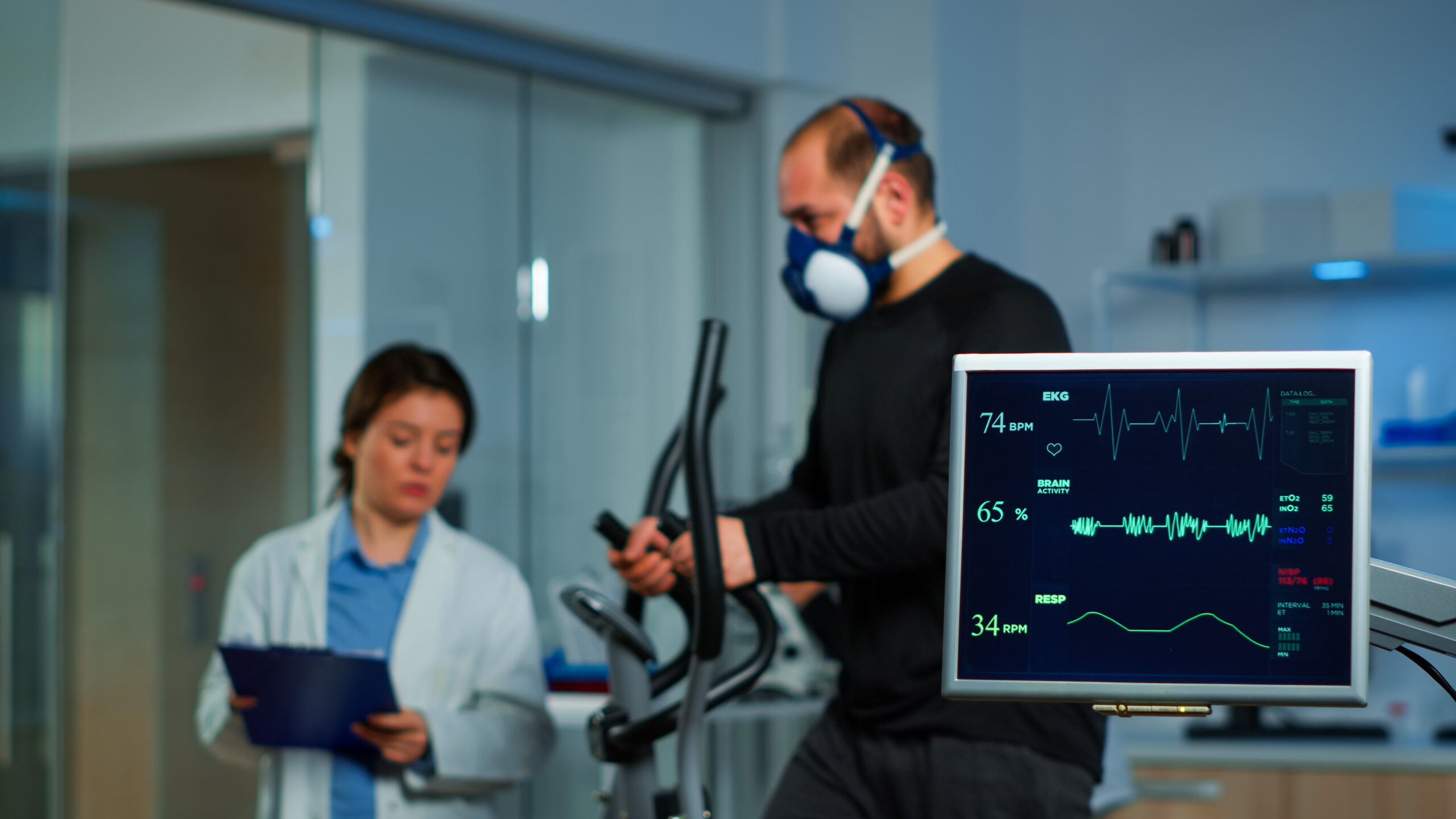
Measuring and Monitoring HRV in Practice
While ECG is the gold standard for measuring HRV, recent advancements in wearable technology utilizing photoplethysmography (PPG) have made HRV monitoring more accessible. Devices like smartwatches and rings can effectively measure HRV in real time. However, ensuring accuracy requires using validated devices that have been compared against ECG and implementing standardized protocols for data collection, such as measuring at a consistent time, like nighttime resting data. Don expressed a preference for the Oura Ring due to its high user compliance and accurate nighttime data capture.
The masterclass reviewed different HRV metrics, including time domain metrics like RMSSD (Root Mean Square of Successive Differences), often associated with parasympathetic response, and SDNN (Standard Deviation of the Normal-to-Normal interval). Frequency domain analysis (LF, HF, LFHF ratio) was also discussed as a way to look at autonomic balance, although these metrics are less commonly available in standard wearable device software. Don mentioned using tools like those from HeartMath to explore LFHF ratios when working with clients struggling with autonomic function.
Operationalizing HRV Data with Heads Up
A key challenge for practitioners using HRV data is integrating measurements from various devices and tracking trends over time. The Heads Up platform is designed to address this by pulling together fragmented health data from sensors, wearables, and diagnostics into a seamless interface. This allows clinicians to easily capture data remotely, review daily metrics, track trends, set up alerts for deviations, and perform cohort analysis.
Don demonstrated how the Heads Up platform allows for visualizing HRV trends over time and correlating them with other data points, such as activity and resting heart rate. He showed how the platform helped him identify the physiological impact of life stress alongside physical activity levels. Heads Up enables practitioners to gain insights into individuals in real-time between visits and identify opportunities for improvements in behavior modification, treatment plans, and optimization strategies. The platform supports personalized care and helps validate outcomes. Case studies, such as AndHealth using HRV with autoimmune patients and Mode+Method demonstrating HRV improvements with supplements, were also referenced as examples of how Heads Up operationalizes this data in clinical practice.
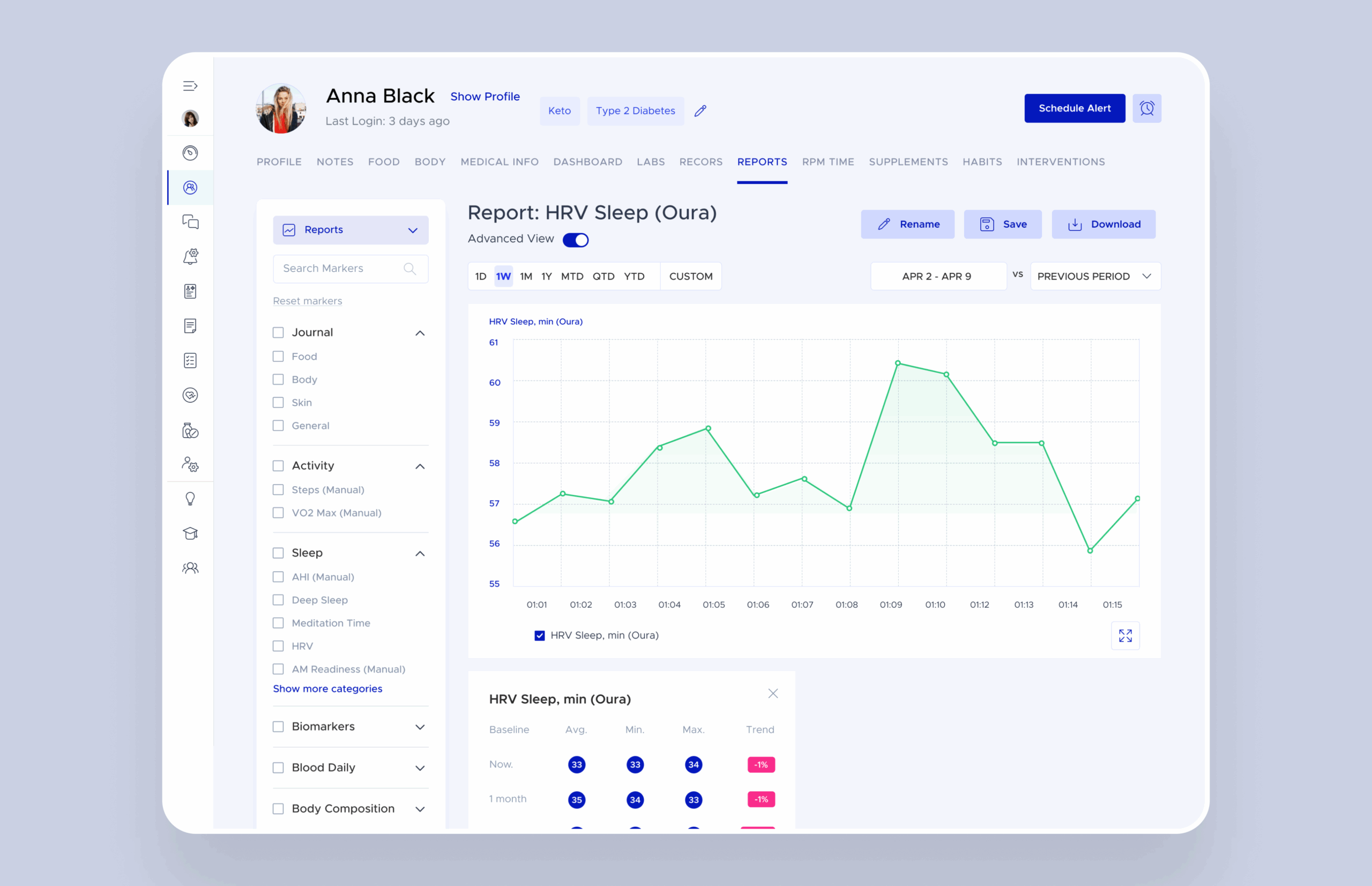
Conclusion
The HRV Masterclass with Don Moxley and Heads Up underscored the value of Heart Rate Variability as a dynamic and accessible biomarker for understanding health, stress, recovery, and performance. By operationalizing HRV data through platforms like Heads Up, clinicians can gain deeper insights into their patients’ daily physiological status, enabling more personalized care, validating interventions, and empowering individuals to take greater ownership of their health journey.
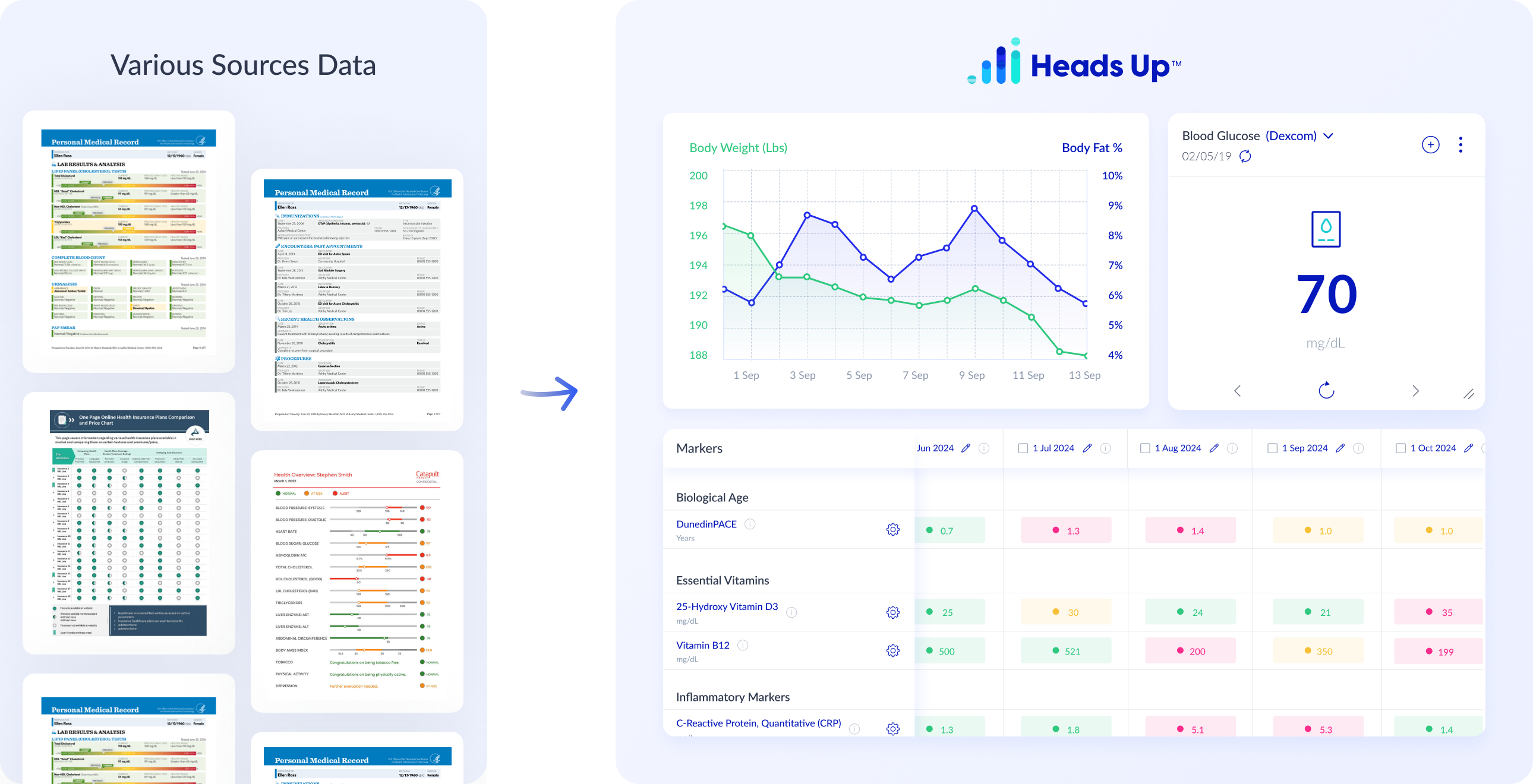
If you’re a health professional looking to incorporate HRV monitoring into your practice or explore how to manage this data efficiently, scheduling a demo with Heads Up can provide a firsthand look at how the platform can support your goals.
Stay tuned for future Heads Up webinars covering topics such as women’s health and perimenopause, and longevity outcomes.
Learn more about Heads Up Health: https://headsuphealth.com/
Explore Heads Up Integrations: https://headsuphealth.com/integrations/
Tracking Patient Health Data Has Never Been Easier!
Leverage The Power Of Heads Up in your Health Practice
Get started with by scheduling custom demo with one of our specialists to see the difference Heads Up can make in your practice. Schedule your demo and discovery call here.

Optimize Health & Longevity
Synchronize your clients’ medical records, labs, wearables, apps, and more into Heads Up for better outcomes. Sign Up now for a free starter account!


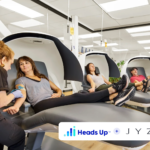



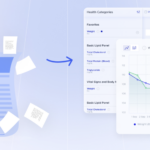
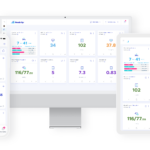

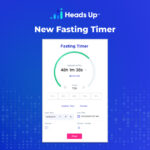
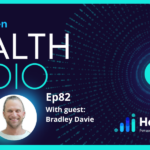
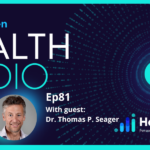
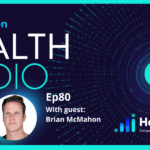
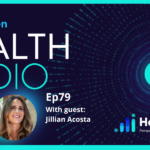





0 Comments